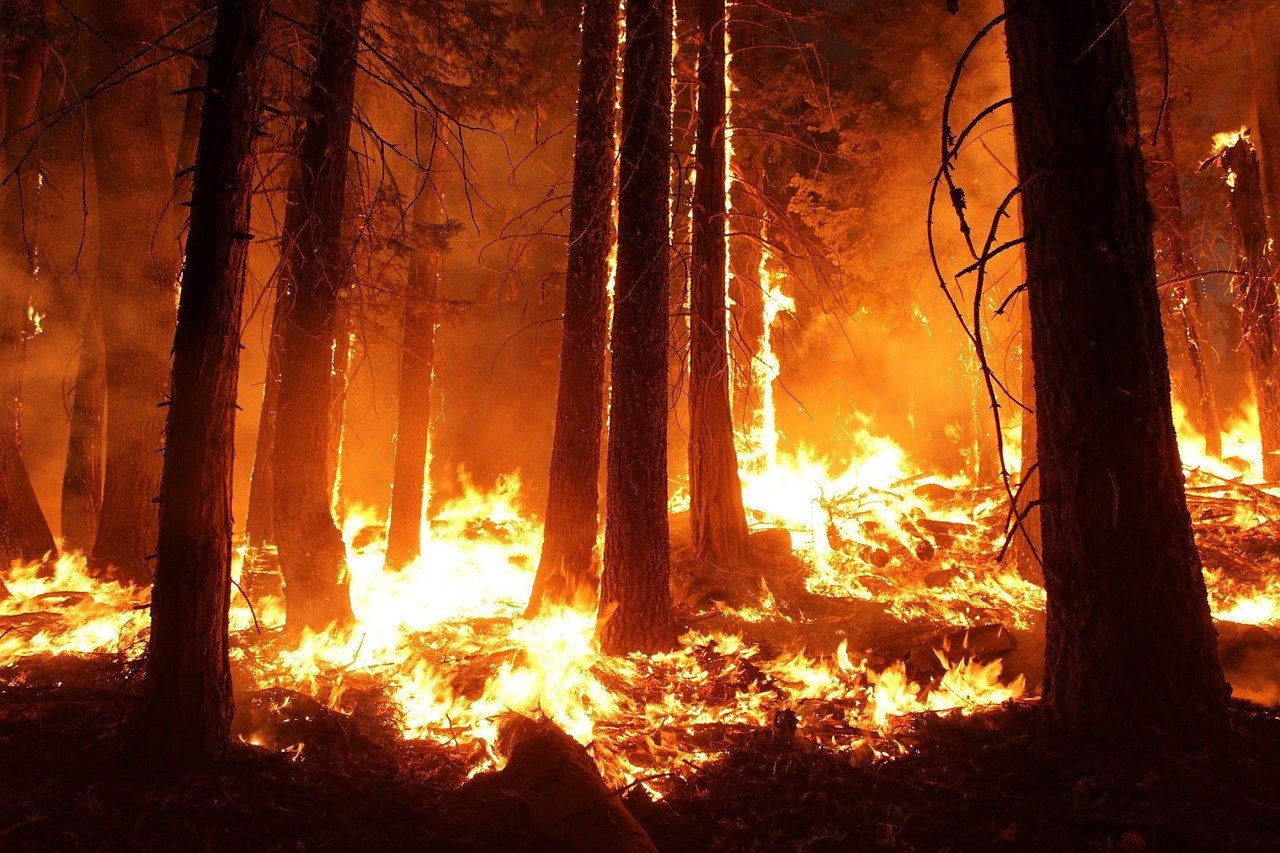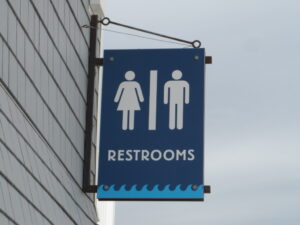California has long been accustomed to fires, due to its overall lack of rainfall and warmer temperatures, but, in recent years, the amount of fires and their destruction has increased exponentially. As explained by CNN, “Since the start of 2020, wildfires in California have burned over 3.2 million acres of land- an area almost the size of Connecticut” (CNN). Currently, the August Complex Fire is still burning, and it officially became the state’s biggest wildfire ever recorded, according to the New York Times. It started on August 16th, and is still only 15% contained. This fire was caused by several lightning strikes, but often it’s human activity that can start a massive wildfire. This was seen with the El Dorado Fire, another fire still raging a destructive path.
This fire was started during a gender reveal party, and has grown to over 10,000 acres- all because of a pyrotechnic device set off during the celebration. Those two fires aren’t the only ones though. Cal Fire, the state’s fire agency, reported that there are 28 major fires across the state, which 16,500 firefighters are battling. Even with firefighters’ greatest efforts, 24 people have died so far, and officials worry there will be more as more places become inacessible to rescues. These factors have created a historic wildfire season for California, and unfortunately fire season is not even close to being over. Whole towns have been decimated across California, and also in Oregon and Washington. Whole states have been affected, especially with the toxic smoke that has covered much of the state. The fire’s dual occurrence with the pandemic has made it even harder for people to deal with as well, since the smoke and fires make it unsafe to go outside, a place that was considered a refuge during the pandemic for many.

While these fires are causing massive concern for the current situation, they also act as warning bells for other factors that have caused them, such as the current climate. According to the New York Times, “Experts say that climate change is driving the severity of the fires- how big they got, how quickly they spread, and how difficult it is to fight them as they bear down on communities.” (NYT).
The Environmental Defense Fund has a similar warning too, stating that “Rising temperatures, a key indicator of climate change, evaporate more moisture from the ground, drying out the soil, and making vegetation more flammable” (EDF). At the same time, winters have become shorter, resulting in snow melting earlier, and leaving the ground drier for longer periods of time. Lack of rain is also a factor, shifting meteorological patterns drive rain away from wildifre prone regions, which is a phenomenon discovered in California that has been linked to human- made climate change, according to the Environmental Defense Fund. In order for things to change, the emissions of greenhouse gases needs to be slowed to decrease the effects of global warming. Until that can happen, California and more of the nation will continue to see the devastating effects of both climate change and wildfires.






